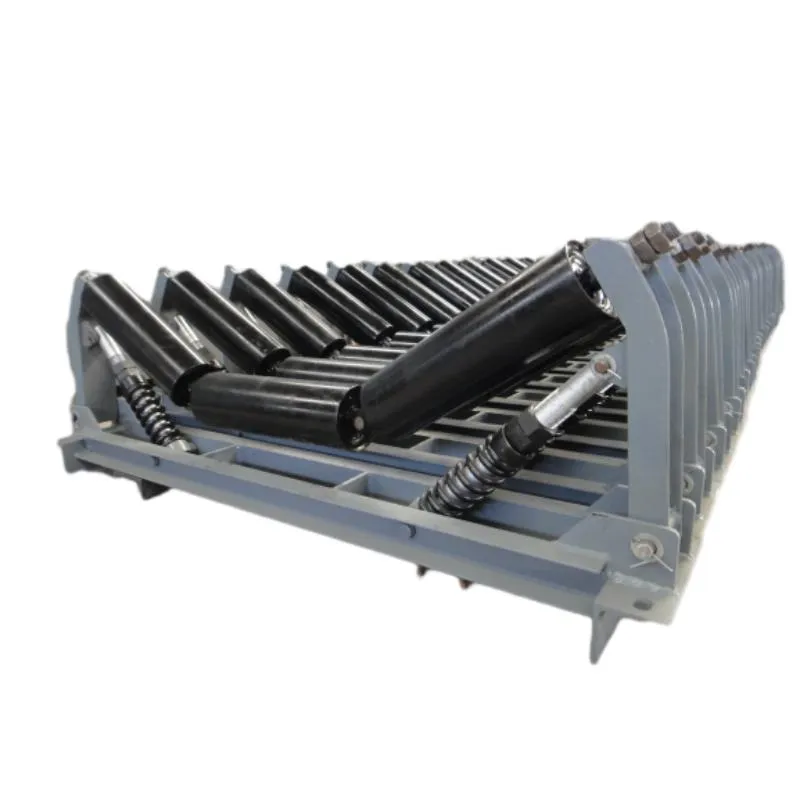 Afrikaans
Afrikaans  Albanian
Albanian  Amharic
Amharic  Arabic
Arabic  Armenian
Armenian  Azerbaijani
Azerbaijani  Basque
Basque  Belarusian
Belarusian  Bengali
Bengali  Bosnian
Bosnian  Bulgarian
Bulgarian  Catalan
Catalan  Cebuano
Cebuano  Corsican
Corsican  Croatian
Croatian  Czech
Czech  Danish
Danish  Dutch
Dutch  English
English  Esperanto
Esperanto  Estonian
Estonian  Finnish
Finnish  French
French  Frisian
Frisian  Galician
Galician  Georgian
Georgian  German
German  Greek
Greek  Gujarati
Gujarati  Haitian Creole
Haitian Creole  hausa
hausa  hawaiian
hawaiian  Hebrew
Hebrew  Hindi
Hindi  Miao
Miao  Hungarian
Hungarian  Icelandic
Icelandic  igbo
igbo  Indonesian
Indonesian  irish
irish  Italian
Italian  Japanese
Japanese  Javanese
Javanese  Kannada
Kannada  kazakh
kazakh  Khmer
Khmer  Rwandese
Rwandese  Korean
Korean  Kurdish
Kurdish  Kyrgyz
Kyrgyz  Lao
Lao  Latin
Latin  Latvian
Latvian  Lithuanian
Lithuanian  Luxembourgish
Luxembourgish  Macedonian
Macedonian  Malgashi
Malgashi  Malay
Malay  Malayalam
Malayalam  Maltese
Maltese  Maori
Maori  Marathi
Marathi  Mongolian
Mongolian  Myanmar
Myanmar  Nepali
Nepali  Norwegian
Norwegian  Norwegian
Norwegian  Occitan
Occitan  Pashto
Pashto  Persian
Persian  Polish
Polish  Portuguese
Portuguese  Punjabi
Punjabi  Romanian
Romanian  Russian
Russian  Samoan
Samoan  Scottish Gaelic
Scottish Gaelic  Serbian
Serbian  Sesotho
Sesotho  Shona
Shona  Sindhi
Sindhi  Sinhala
Sinhala  Slovak
Slovak  Slovenian
Slovenian  Somali
Somali  Spanish
Spanish  Sundanese
Sundanese  Swahili
Swahili  Swedish
Swedish  Tagalog
Tagalog  Tajik
Tajik  Tamil
Tamil  Tatar
Tatar  Telugu
Telugu  Thai
Thai  Turkish
Turkish  Turkmen
Turkmen  Ukrainian
Ukrainian  Urdu
Urdu  Uighur
Uighur  Uzbek
Uzbek  Vietnamese
Vietnamese  Welsh
Welsh  Bantu
Bantu  Yiddish
Yiddish  Yoruba
Yoruba  Zulu
Zulu drive rollers for belt conveyors
Drive Rollers for Belt Conveyors An Overview
Belt conveyors play a pivotal role in a multitude of industries, ranging from manufacturing to mining, logistics to agriculture. At the heart of these systems lie drive rollers, fundamental components that ensure the efficient operation of belt conveyors. This article aims to provide an in-depth understanding of drive rollers, their construction, functioning, and importance in the conveyor system.
Definition and Function of Drive Rollers
Drive rollers, often referred to as drive drums or drive pulleys, are cylindrical components that provide the necessary power to move the conveyor belt along its path. By harnessing the torque generated by electric motors, these rollers rotate and, in turn, propel the belt forward, facilitating the movement of materials from one location to another.
The fundamental function of drive rollers is to transmit kinetic energy from the motor to the belt. They are designed to ensure a firm grip on the conveyor belt’s underside, preventing slippage and optimizing the transfer of energy. This interaction is crucial for maintaining the conveyor system's efficiency and reliability.
Construction of Drive Rollers
Drive rollers are constructed using robust materials, predominantly steel or aluminum, to endure the wear and tear associated with material handling. The choice of material may vary based on the application, environmental conditions, and load requirements. For instance, stainless steel rollers are often preferred in food processing applications due to their resistance to corrosion and ease of cleaning.
Moreover, drive rollers can be manufactured in various diameters and lengths to accommodate different conveyor belt specifications. Their surface may feature a textured finish to enhance frictional contact with the belt, ensuring maximum grip and minimizing slippage during operation.
Types of Drive Rollers
There are various types of drive rollers designed to meet specific operational needs
1. Shafted Rollers These are traditional drive rollers supported by an axle running through their center. They are commonly used in standard conveyor applications and are known for their robustness. 2. Shaftless Rollers Also known as drum rollers, these lack a central shaft and can be easier to install and maintain. They provide a smooth transmission of power and are often used in lightweight or medium-duty applications.
drive rollers for belt conveyors

3. Lagged Rollers These rollers have rubber or other materials applied to their surface to enhance grip. Lagged rollers are particularly advantageous in applications involving heavy loads or steep inclines.
4. Variable Drive Rollers Designed for specialized applications, these rollers can adjust their speed and torque to accommodate different operational demands.
Importance of Drive Rollers
The significance of drive rollers in belt conveyors cannot be overstated. They are crucial for ensuring the smooth operation of the conveyor system, as they directly influence speed and material handling capabilities. A malfunction or inefficiency in drive rollers can lead to systemic failures, increased downtime, and decreased productivity.
Furthermore, the right drive roller can enhance energy efficiency. Rollers designed to minimize friction can help reduce the power required to operate the system, translating into cost savings over time. This factor is particularly important in large-scale operations where energy consumption significantly affects operational costs.
Maintenance and Replacement
Regular maintenance of drive rollers is essential for the longevity and efficiency of belt conveyors. This includes checking for wear and tear, ensuring proper alignment, and lubricating bearings as necessary. Proactive maintenance can prevent unexpected breakdowns and extend the life of the rollers.
When it comes to replacement, selecting the right drive roller type and size is crucial. Compatibility with the existing conveyor system, as well as the specific materials being transported, should be considered. Utilizing high-quality rollers can enhance overall system performance and reduce the frequency of replacements.
Conclusion
In summary, drive rollers are integral components of belt conveyors, enabling the efficient and reliable movement of materials across various industries. Their robust construction, variety of types, and critical role in the overall functionality of conveyor systems highlight the importance of understanding these components. By investing in the right drive roller solutions and prioritizing maintenance, industries can ensure optimal operation and productivity in their material handling processes.
-
Revolutionizing Conveyor Reliability with Advanced Rubber Lagging PulleysNewsJul.22,2025
-
Powering Precision and Durability with Expert Manufacturers of Conveyor ComponentsNewsJul.22,2025
-
Optimizing Conveyor Systems with Advanced Conveyor AccessoriesNewsJul.22,2025
-
Maximize Conveyor Efficiency with Quality Conveyor Idler PulleysNewsJul.22,2025
-
Future-Proof Your Conveyor System with High-Performance Polyurethane RollerNewsJul.22,2025
-
Driving Efficiency Forward with Quality Idlers and RollersNewsJul.22,2025





























